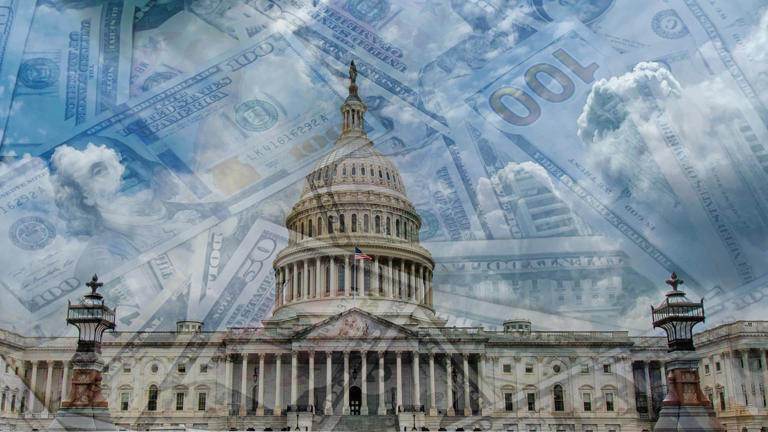America faces a daunting financial challenge with its staggering national debt, which has now reached approximately $34.4 trillion, translating to nearly $1 million per citizen. This monumental figure reflects decades of persistent budget deficits, where government expenditures consistently outpaced revenues. The national debt comprises both public debt, owed to various domestic and international creditors, and intragovernmental holdings like the Social Security and Medicare trust funds.
Significant contributors to the ballooning debt include expansive spending on essential programs such as Medicare, Medicaid, and Social Security, which provide crucial healthcare and financial support to millions of Americans. Additionally, substantial allocations towards education, military and defense, and public infrastructure have also contributed to the mounting debt burden.
One of the critical drivers of the debt accumulation has been the impact of high-interest consumer credit options, including credit cards, personal loans, and buy-now-pay-later schemes. These financial instruments have made borrowing excessively easy, often with exorbitant interest rates, prompting individuals to accumulate debt faster than they can manage.
Moreover, economic downturns, particularly highlighted by the 2020 global pandemic, necessitated massive governmental fiscal stimulus measures. These initiatives, which included direct payments to individuals and support for businesses, were vital in stabilizing the economy but came at a significant cost. The government borrowed substantial sums to fund these measures, further exacerbating the national debt.
The implications of such a colossal debt burden extend beyond fiscal statistics to affect the daily lives of American citizens. High national debt can lead to several adverse economic outcomes, including higher taxes in the future to service the debt and reduced public services. It can also contribute to inflationary pressures if the government resorts to printing more money to cover its obligations, potentially eroding the purchasing power of consumers and increasing the cost of goods and services.
Furthermore, the burden of servicing the debt through interest payments can divert funds away from critical investments in infrastructure, education, and healthcare, limiting future economic growth opportunities. It may also lead to higher interest rates for consumers, affecting everything from mortgage rates to the cost of borrowing for businesses and individuals alike.
In essence, understanding the implications of the national debt is crucial for all Americans, as it directly impacts economic stability, inflation rates, interest costs, and future tax policies. Responsible management of government spending and prudent fiscal policies are essential to navigating the challenges posed by the monumental debt and ensuring sustainable economic growth and prosperity for future generations.
